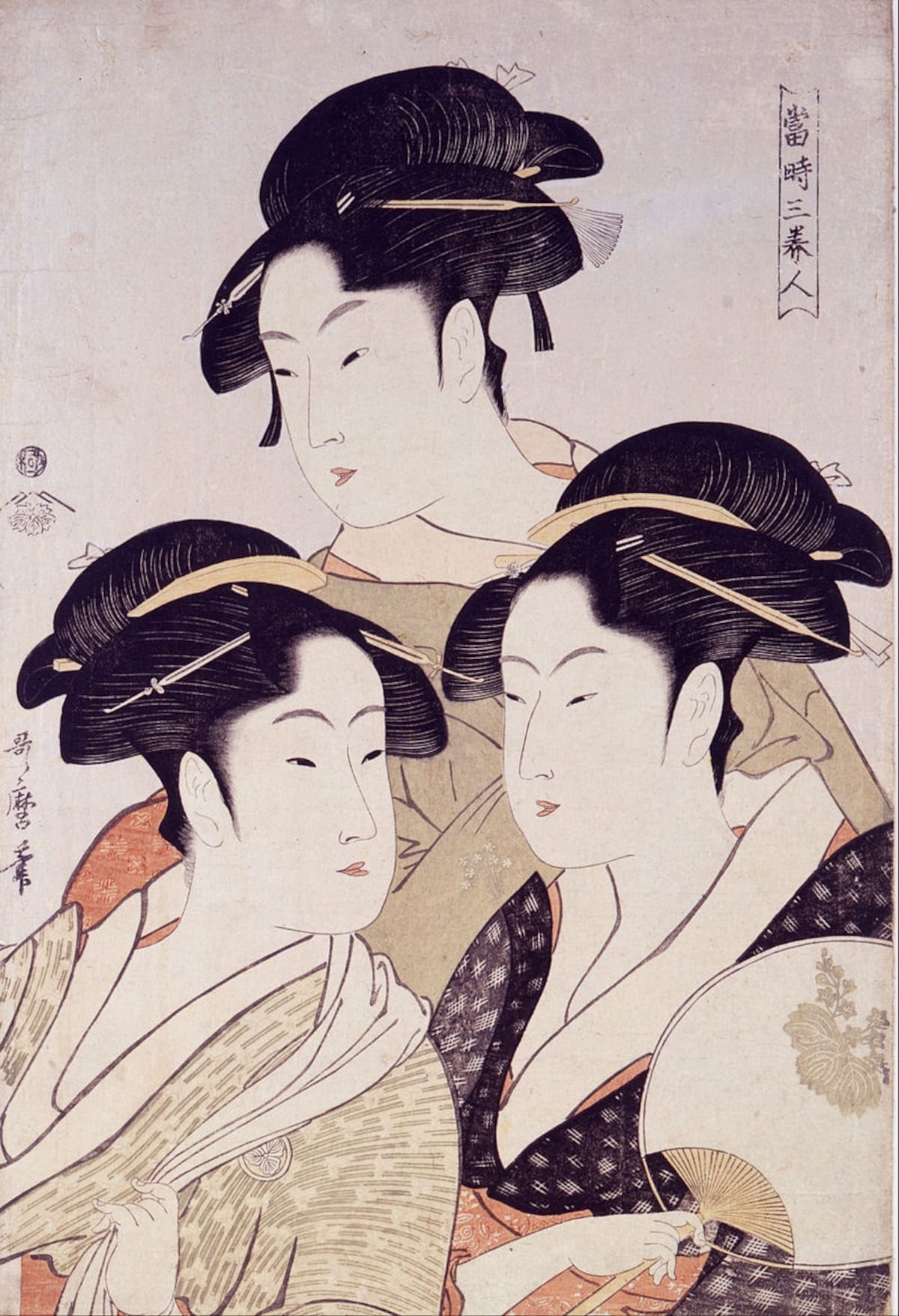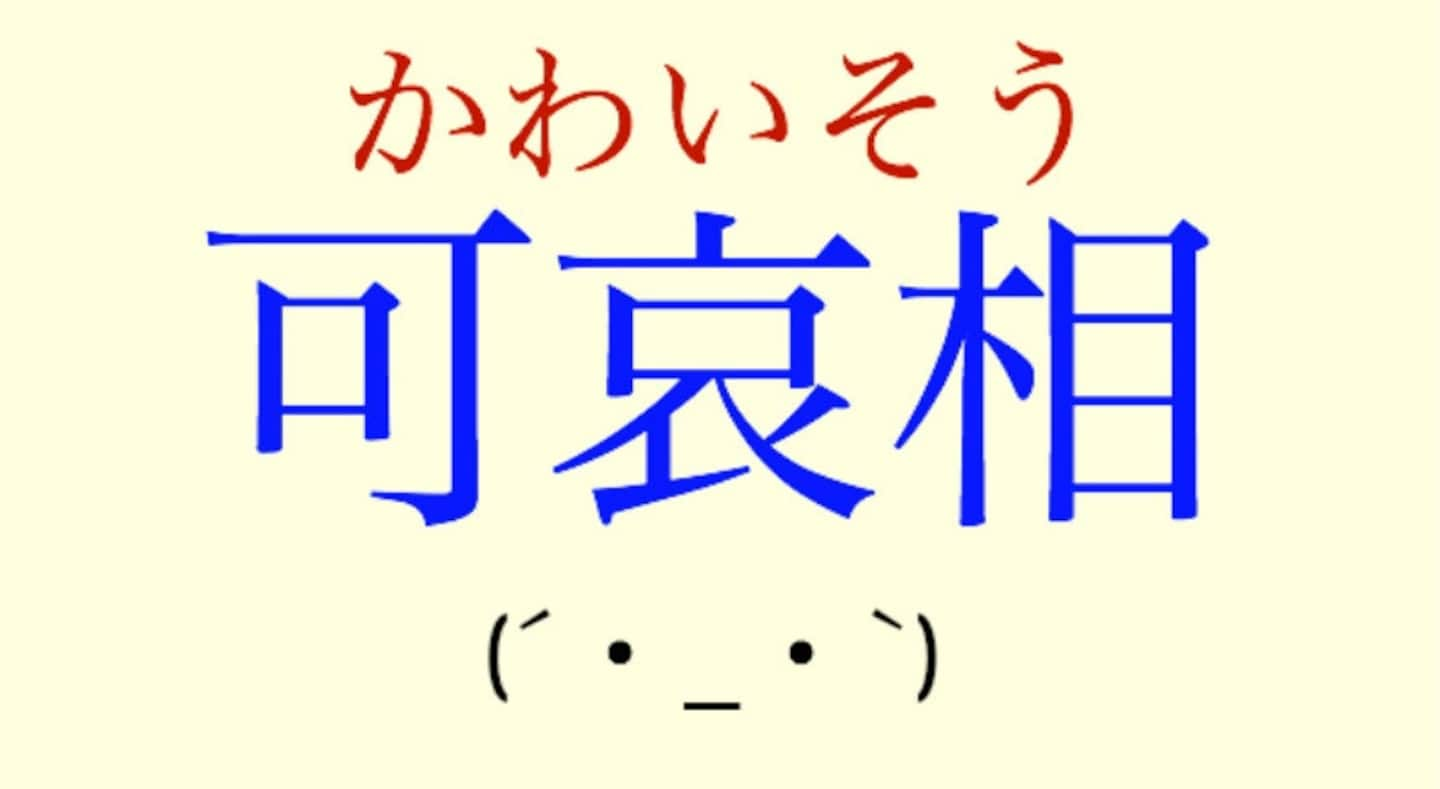Use Caution When Uttering this Japanese Word
Many people interested in Japanese culture, whether they have much background in the language or not, will instantly recognize the Japanese word kawaii, which means “cute.” What you may not know is that this word originally evolved from an older word, kaohayushi, used to express an unbearable feeling of pity.
By SoraNews24
https://en.wikipedia.org/wiki/Ukiyo-e
This expression, however, shifted in meaning and became one used to describe a feeling towards young children, who were considered helpless, yet adorable. Later, in the Edo Period (1603-1868), when female roles became more restricted, girls were also included in this description. In the later half of the 20th century, the word began to include animals and anyone else considered helpless. Following this, in the '70s and '80s, this “helpless,” or naïve and innocent, quality became admired in girls, and Japan’s kawaii (cute) boom was born.
At some point, however, kaohayushi transformed into kawaii, and then kawaisou became the standard phrase spoken to express pity. It's important to note, though, that this pity has always been something felt by someone of a higher standing toward someone/something of a lower standing and is still, even if not consciously implied, a part of the word’s etymology today.
This is why, spurred by one Twitter user’s comments and a snapshot of a certain newspaper article written by a Japanese mom, netizens have been hotly debating the use of the word kawaisou.
The column in question was written by a mother who was hurt from some of the kawaisou remarks other women had made in passing about her son as he was walking home from school by himself and then again as he helped her carry a large pack of diapers. Although the son had volunteered for both tasks on his own, these women had hastily commented about how pitiable (kawaisou) his situation was, automatically assuming the mother had forced her son to do these things.
By misreading the situation, this common sympathetic remark quickly turned into one of judgment, implying a negative opinion of her parenting skills. She also worried that it could discourage her son from asserting his own independence out of fear of his helpful behavior being labeled “abnormal.”
Even a few English speakers, possibly learning Japanese, took the time to respond in agreement. Others, however, don’t see an issue with the phrase, saying that the real problem is more or less the way people say kawaisou, or citing the lack of an alternative phrase to use when trying to sound sympathetic.
For Japanese language beginners, it’s often enough of a problem to remember that kawaii (cute) is an exception to the ~sou (“It looks~”) adjective form. Many non-native speakers make the faux pas of saying kawaisou (“How pitable!”) at least once, instead of “It looks cute!” as intended. Now they may need to also consider whether or not it’s socially acceptable to use the phrase at all, even in situations, that, until now, were considered appropriate.
Related Stories:
Ham sandwich! Japanese netizens are loling at these nonsense car decals
Japanese twitter user illustrates the difference between how men and women define a cute girl
Clumsy canine can’t catch a break…or any of the treats being tossed to him




